Space
-
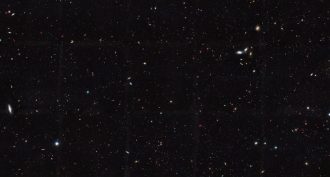 Space
SpaceGalaxy count has just spiked
The universe may have hosted 2 trillion galaxies. That’s about 10 times as many as astronomers had thought were out there.
-
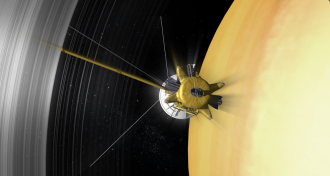 Planets
PlanetsA trail of cosmic dust may lead to alien life
Liquid water can be found even in the cold reaches of the outer solar system. Some hidden oceans may harbor warm oases cozy for living things.
By Douglas Fox -
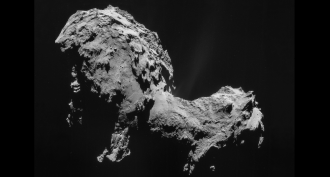 Space
SpaceScientists Say: Comet
Comets are small solar system objects. When they pass close to their sun, their melting gases and water give them a tail.
-
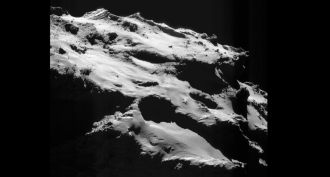 Space
SpaceSmash hit? Comet mission comes to an end
Rosetta’s 12-year mission to a comet has come to a bittersweet end. The orbiter turned off its cameras, settled down on its rocky home and entered a deep and lasting sleep.
-
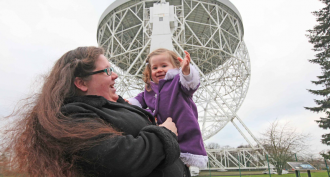 Space
SpaceWomen in STEM reach for the stars
What does science look like? These astronomers, astrophysicists and planet hunters are out of this world.
-
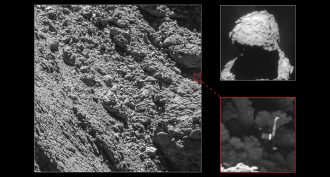 Space
SpaceLost lander spotted on comet’s surface
Scientists have spotted the missing comet lander. Philae landed in a shadow, which kept the sun from recharging its batteries.
-
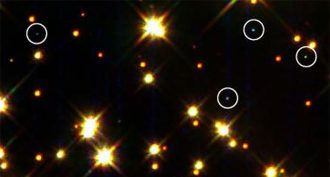 Space
SpaceSome white dwarf stars point to possible dark matter
Certain white-hot stars are cooling too fast for scientists to explain — unless they consider the presence of “axions.” These never-seen, but suspected particles could be shuttling away the extra energy from these cooling dwarf stars.
-
 Space
SpaceSun’s nearest stellar neighbor may have Earth-like planet
A planet roughly the size of Earth orbits within the “Goldilocks” zone of the Proxima Centauri. Only 4.2 light-years away, this star is the one closest to our sun.
-
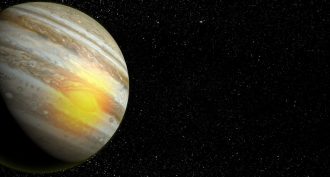 Planets
PlanetsJupiter’s Great Red Spot is really, really hot
The Great Red Spot, a storm churning on Jupiter for at least 150 years, may be helping to keep the planet warm, a new study finds.
-
 Space
SpaceA new, nonexplosive source of black holes?
At least one black hole may have formed from the collapse of a cloud of gas, which is not the usual birthing scheme. This might even be how some of the earliest gargantuan black holes developed.
-
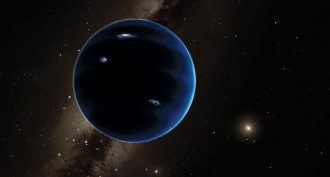 Planets
PlanetsNew clues in search for Planet Nine
New details about Planet Nine, a hypothetical object on the edge of our solar system, might help scientists actually find it.
-
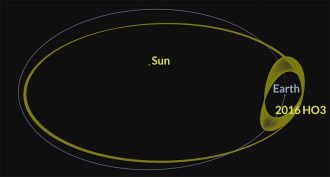 Planets
PlanetsThat’s no moon: Earth’s tiny tagalong
A newly discovered asteroid appears to be orbiting Earth, like a new mini-moon. In fact, it’s really orbiting the sun.